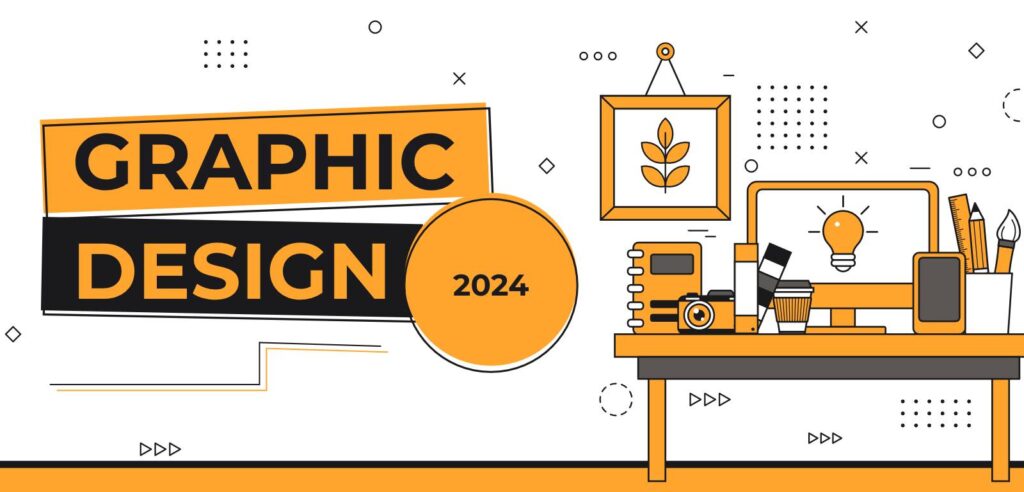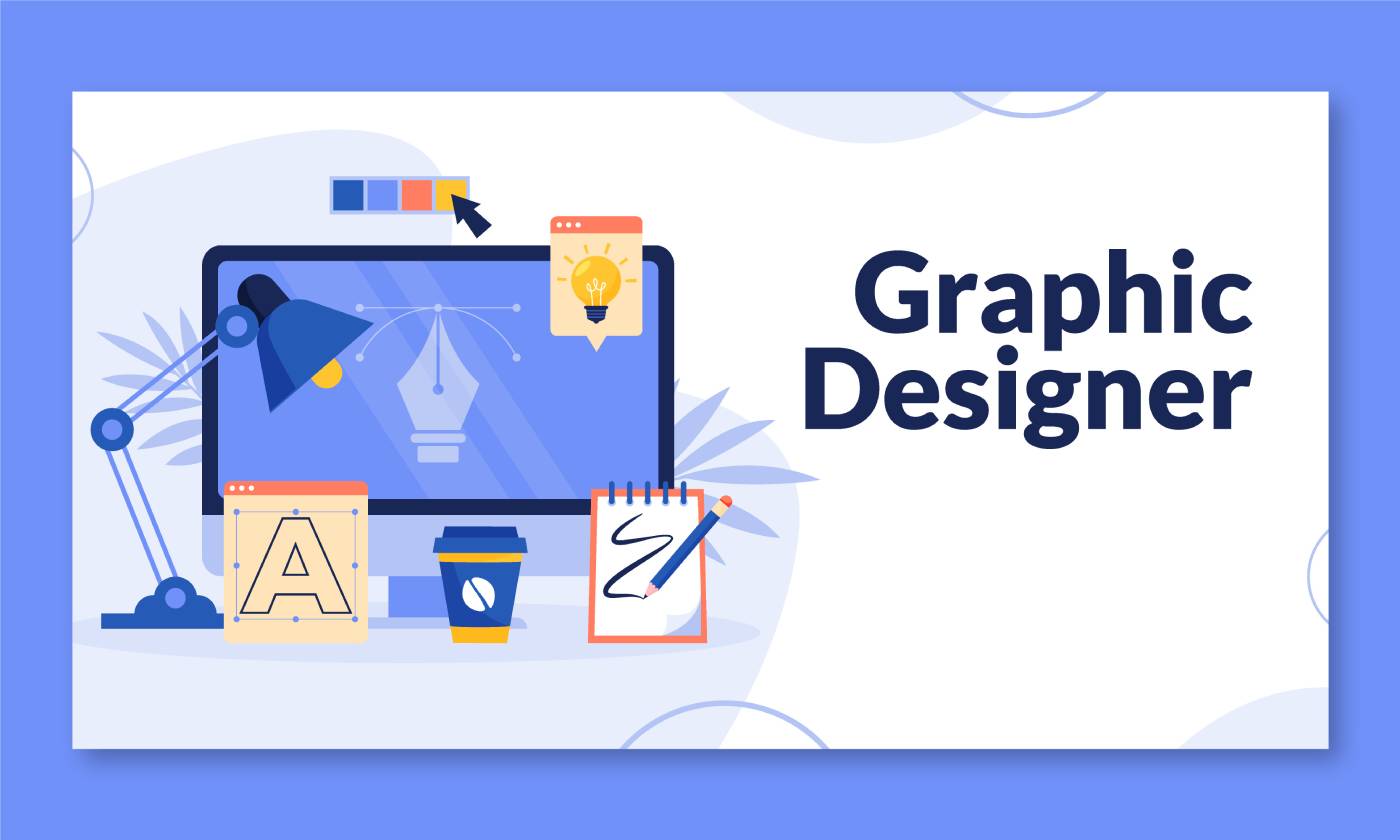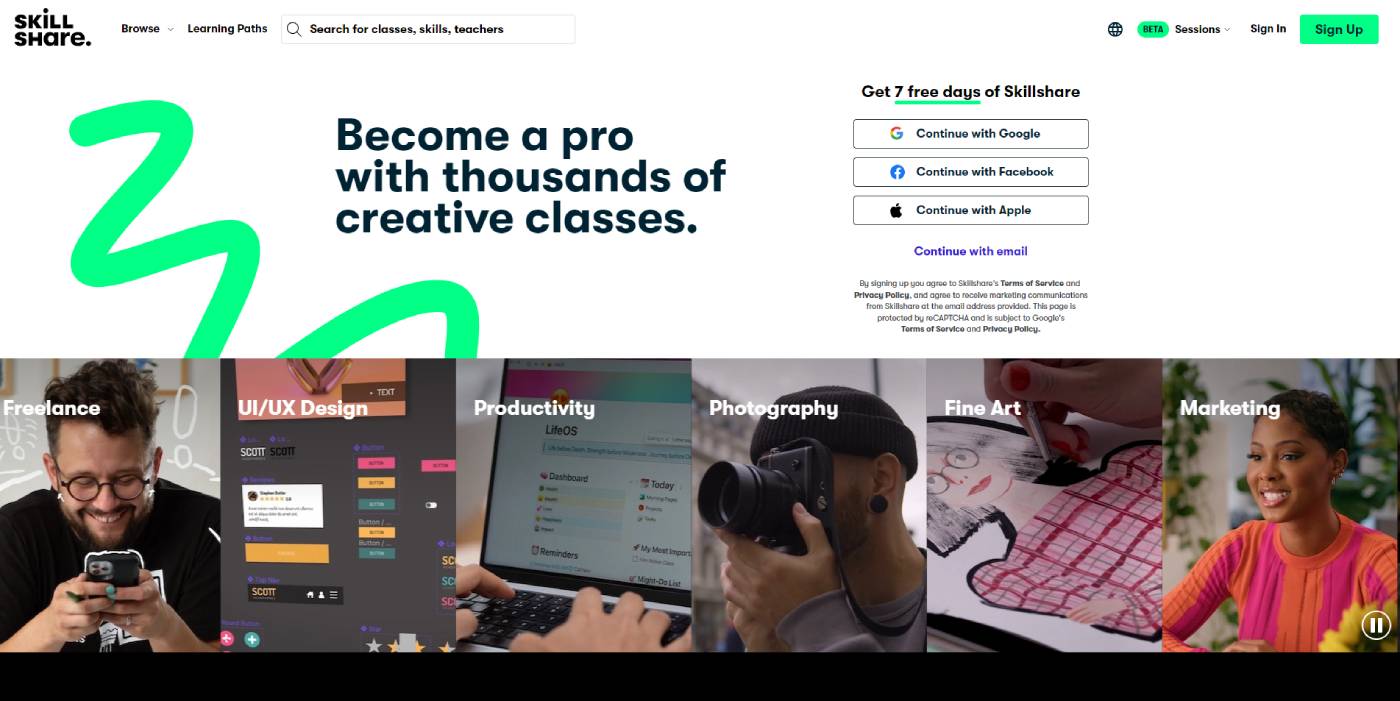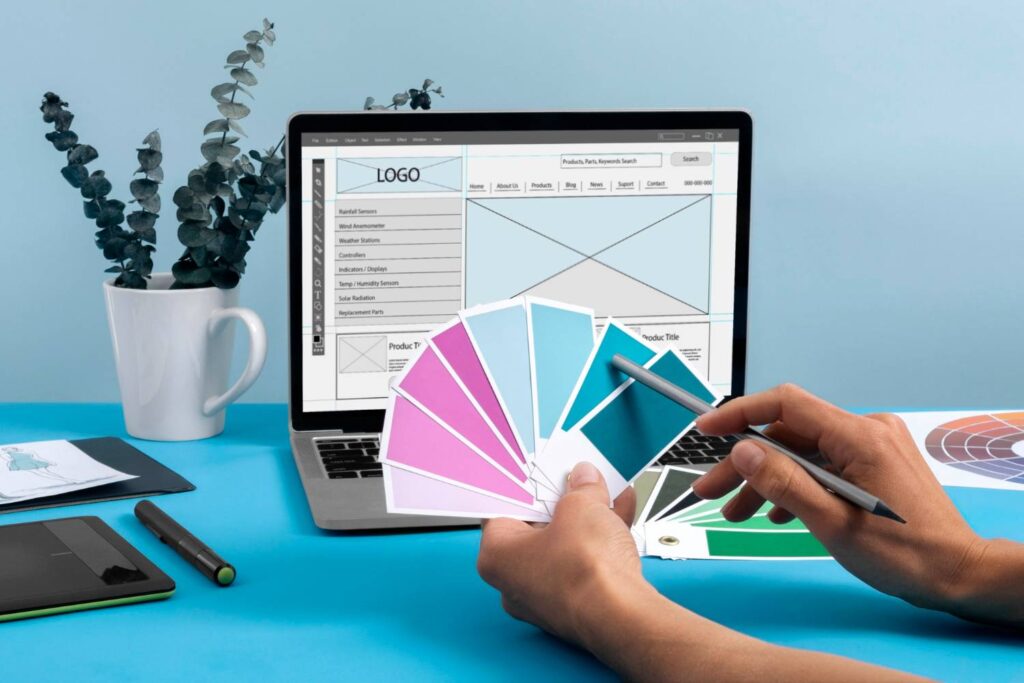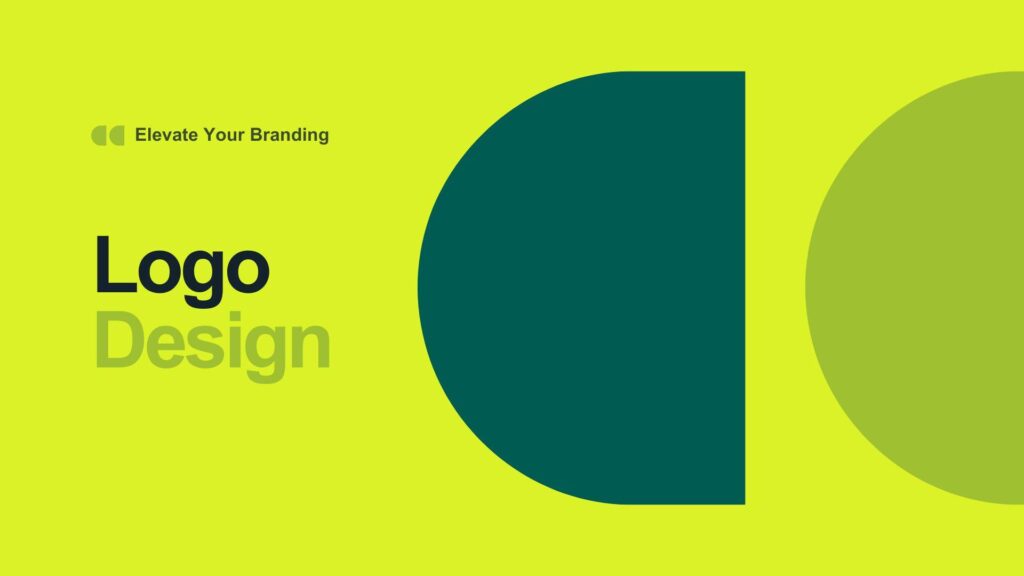Are you looking to dive into the world of graphic design? Whether you want to pursue it as a career or just as a hobby, this guide will help you navigate the path to becoming a successful graphic designer. With insights based on years of experience and a wealth of resources, you’ll find everything you need to get started.
Understanding Graphic Design
Graphic design is more than just creating visuals; it’s about communicating ideas effectively through visual means. This includes using typography and illustrations to convey messages clearly. The essence of graphic design lies in organizing chaotic information into structured and appealing formats, such as posters, brochures, and digital media.
The Importance of Reading
One of the first steps to becoming a graphic designer is to read extensively. There are countless books available that cover various aspects of graphic design. For instance, the book “Form and Communication” offers a foundational understanding of typography and its evolution. This knowledge is crucial for anyone looking to excel in graphic design.
Surround Yourself with Inspiration
Finding inspiration is key in the creative process. Utilize platforms like Behance, Dribbble, and Instagram to discover works that resonate with you. Save your favorite pieces in a mood board app like Milanote to keep track of ideas that inspire your designs.
Developing Your Design Process
Every graphic designer has a unique process that helps them create effective designs. This might include steps like initial research, mood boarding, sketching, and refining ideas based on feedback. Establishing a systematic approach will help streamline your creative process and improve your efficiency.
Mastering Design Principles
Understanding the fundamentals of design is crucial. Familiarize yourself with the key principles, often summarized by the acronym C.R.A.P.:
- Contrast: Use differences in size, color, and shape to create visual interest.
- Repetition: Repeat elements to create consistency and unity.
- Alignment: Ensure elements are visually connected to enhance organization.
- Proximity: Group related items together to create a cohesive design.
- Appropriateness: Choose design elements that align with the project’s purpose and audience.
Building Your Portfolio
Your portfolio is a crucial tool for showcasing your work and skills to potential clients. It doesn’t have to be filled with client work initially; you can create mock projects to demonstrate your abilities. Platforms like Squarespace offer user-friendly options to build a professional-looking portfolio website.
Creating a Professional Website
Squarespace is an excellent choice for building your portfolio. With customizable templates, you can create a site that reflects your style and showcases your work effectively. Plus, you can even integrate an online shop if you plan to sell design templates or other products.
Getting Creative Briefs
When starting out, you might struggle to find real projects. Consider using platforms like Good Brief to generate creative briefs for practice. Alternatively, tools like ChatGPT can assist in creating detailed briefs tailored to your interests.
The Power of Typography
Typography is a fundamental aspect of graphic design. Learn how to effectively use type in your designs, including size, spacing, and alignment. Online courses on platforms like Skillshare can provide valuable insights into mastering typography.
Continuous Learning
Graphic design is an ever-evolving field. Stay updated with the latest trends, tools, and techniques by engaging with online communities, following design blogs, and taking courses. Platforms like Skillshare are great for learning new skills and enhancing your knowledge.
Conclusion
Becoming a graphic designer is an exciting journey filled with creativity and learning. By reading books, finding inspiration, developing your process, mastering design principles, building a portfolio, and continuously learning, you can set yourself up for success in this dynamic field.
FAQs
- What skills do I need to become a graphic designer?
Key skills include creativity, attention to detail, proficiency in design software, and an understanding of design principles. - Do I need a degree in graphic design?
No, many successful graphic designers are self-taught or have learned through online courses and practical experience. - How can I improve my design skills?
Practice regularly, seek feedback, study design works, and learn from experienced designers through courses and tutorials. - What software should I learn for graphic design?
Familiarize yourself with industry-standard software like Adobe Illustrator, Photoshop, and InDesign. - How do I find clients as a beginner?
Network in design communities, showcase your work on social media, and consider freelancing platforms to find your first clients.
For more resources and insights on graphic design, visit duogeeks website.
